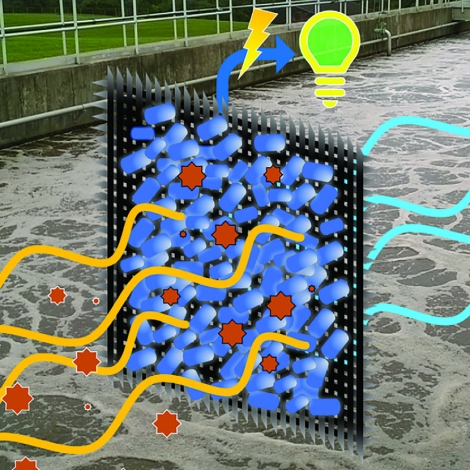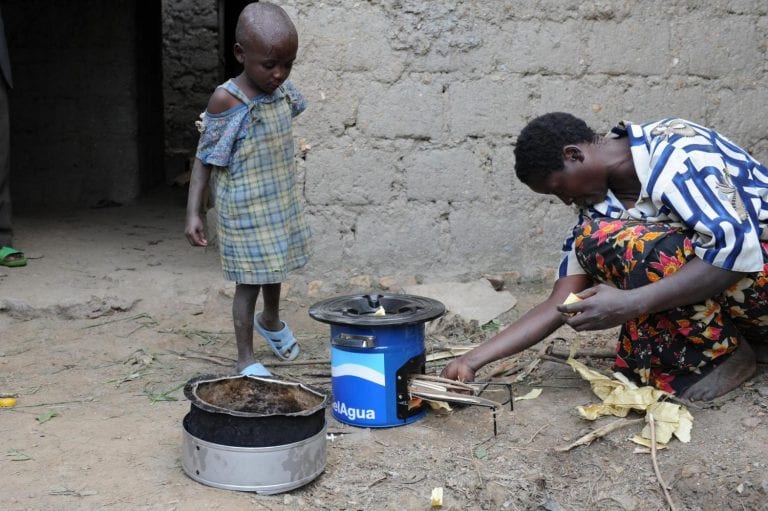Researchers have developed a method for filtering the wastewater that powers a microbial electrochemical system, effectively adding water treatment to a power source.
Dr. Zhen He, Director of the Center for Water Innovation at Washington University in St. Louis, Missouri (USA) and colleagues modified a traditional microbial fuel cell by swapping the anode and electrode with a permeable membrane of carbon cloth. The result is a microbial power generator with higher current density compared to unmodified devices, and the water that leaves the system is less turbid.
Dr. He and colleagues published their findings in the journal Environmental Science: Water and Technology.
The filtered water may not be potable, but a working system could potentially turn wastewater into graywater useful for irrigation and sanitation.
A system equipped with the carbon cloth membrane had a significantly higher current density of 15.75 ± 0.86 A m−3 at 10 Ω, compared to the control system without filtration at 6.60 ± 0.22 A m−3, the researchers report. And effluent from the modified system had a turbidity of 11.1 ± 0.3–16.7 ± 0.5 Nephelometric Turbidity Units (NTU), the common unit of turbidity measurement. That was lower than the control system, which had 29.3 ± 0.8–34.8 ± 0.5 NTU.
Future working systems could help close the circular economy loop at wastewater plants in underserved regions.
“Because of its ‘resource recovery’ function, we do envision the system as an option for developing areas that are short of resources like water and energy,” Dr. He told E4C by email. “The challenge for implementing such a system is obviously the cost. It is necessary to bring down the cost of the system (e.g., capital investment) by using low-cost materials in the key parts like electrode and ion exchange membranes. The rapid development in material science may help address this challenge (hopefully).”
One caveat, energy production from a system like Dr. He’s is relatively low. It may be enough to offset the energy usage of the wastewater treatment facility, depending on the size of the operation.
“It should be kept in mind that wastewater treatment is the primary function of this system and resource recovery is a ‘bonus’ function,” Dr. He says.

